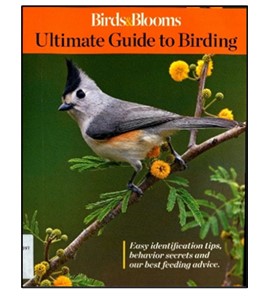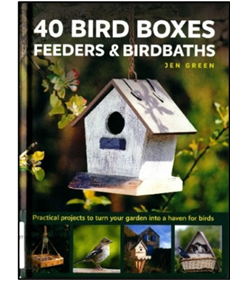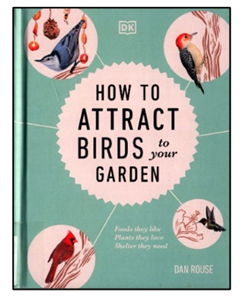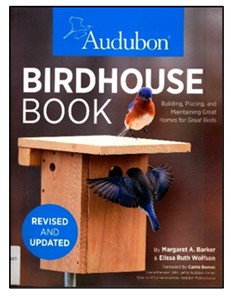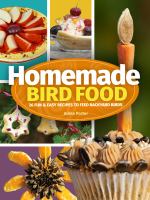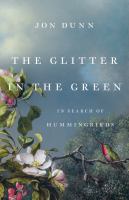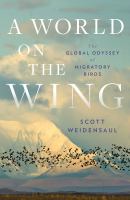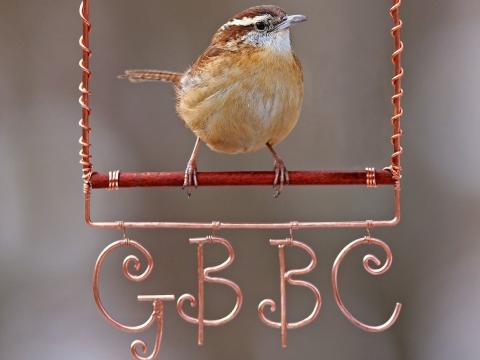
February is a good time of year to turn our attention to our local birds. With the leaves off the (deciduous) trees, birds cannot hide from us as easily. We are more likely to spot birds and be able to look for field marks to identify them. February is also when the Great Backyard Bird Count (GBBC) takes place. The GBBC provides an opportunity for people of all ages and abilities to contribute to our knowledge of birds. Each February, “citizen-scientists” from all over the world count their local birds and submit data via the internet. This year’s GBBC runs from February 18th to the 21st.
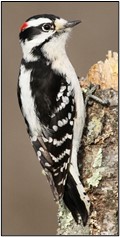
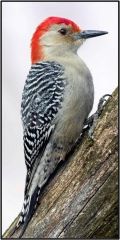
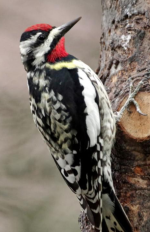
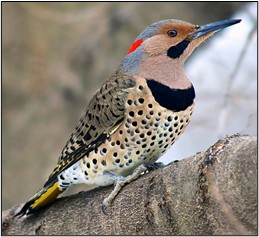
(Bird images from birds.cornell.edu)
We might see some of our year-round birds that do not head south for warmer weather but tough it out with us here. Or we could see some birds from further north who have migrated south to winter with us like the Dark-eyed Juncos. I enjoy seeing the woodpeckers and other birds that visit my suet feeder. Since the feeder is close to my window, I can observe birds without even going outside! The little Downy Woodpecker (6.75 inches), the bigger, Red-bellied Woodpecker (9.25 inches), and the still bigger Northern or Yellow-shafted Flicker (11 inches) are among my frequent visitors. The male Red-bellied woodpecker has a striking red stripe from its beak, over the crown of its head, to the nape of its neck, but it does not have a visibly red belly. The Flicker is beautifully marked. This winter I have been visited by a Yellow-bellied Sapsucker (8.5 inches) and the diminutive Ruby-crowned Kinglet (4.25 inches!) The little Ruby-crowned Kinglet does seem at all bothered by the cold and snow (unlike some of us!)
You do not have to identify birds to enjoy their presence, but if you can identify a bird then you can learn more of its story. We have many field guides for identifying birds as well as books on attracting birds to your yard and garden and constructing nest-boxes and feeders. One of the best ways to learn to identify birds is to go out in the field with more experienced birders. We are fortunate to have a local Audubon chapter of The Norther Shenandoah Valley Audubon Society (NSVAS), that sponsors field trips for this purpose. NSVAS has partnered with the Bowman Branch of the Handley Regional Library System for the past three years to survey the library’s property in conjunction with the GBBC. They will be surveying again in 2022! Contact Mark Bruns at markbruns3@gmail.com for more information.
Some of the books that we have added to our collection since last year’s GBBC are shown in this blog. This is my fourth blog about birds. I do not want to repeat myself but there are book recommendations and other good information in the previous blogs, so I am posting links to them below. Below those links are links for the previously mentioned NSVAS and GBBC. After that are tips for helping birds. Our feathered friends need our help! Please do what you can.
https://www.handleyregional.org/blog/great-backyard-bird-count
https://www.handleyregional.org/blog/blog-birds-part-i
https://www.handleyregional.org/blog/blog-birds-part-ii
Great Backyard Bird Count website: https://www.birdcount.org/

